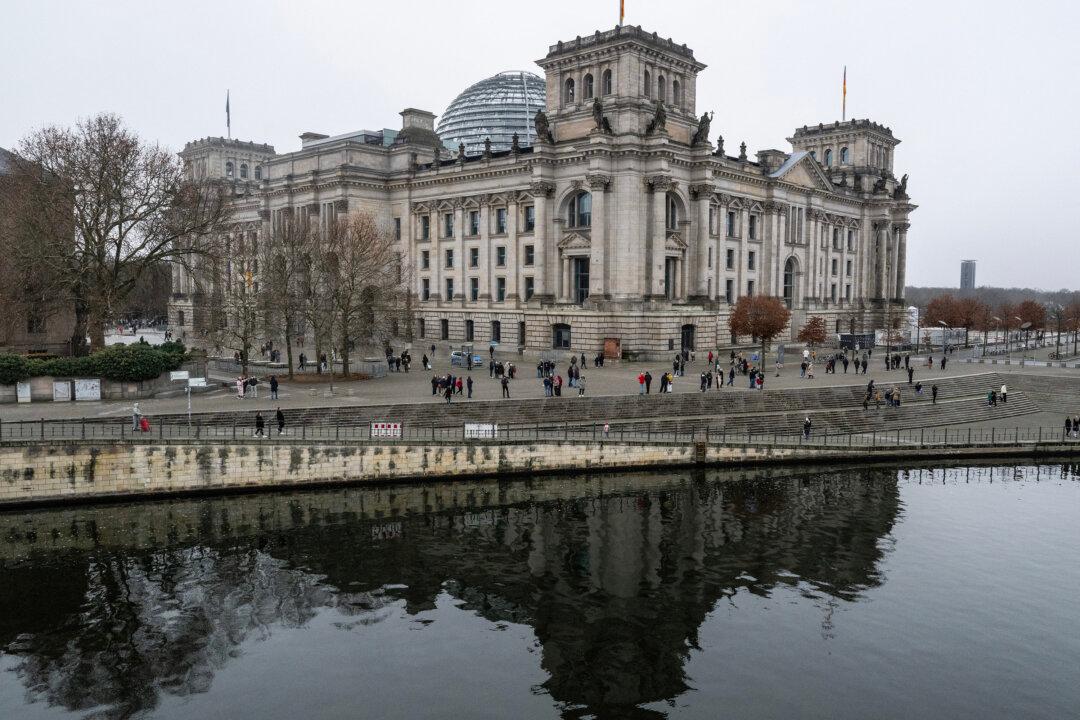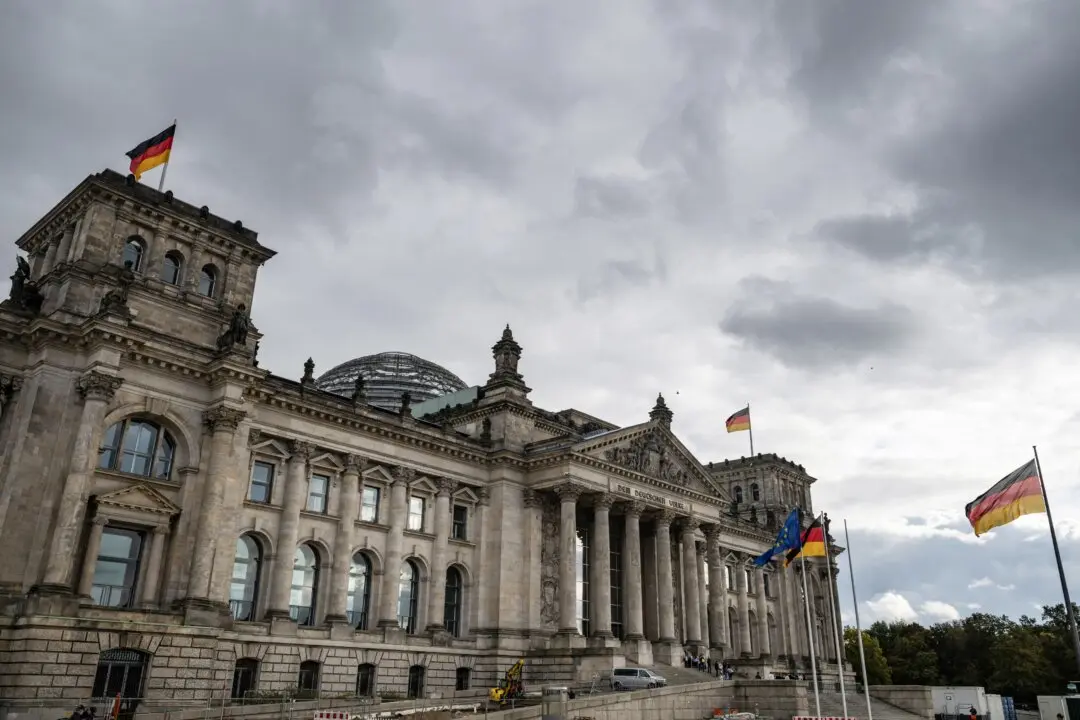Less than a year before the end of World War II, then-U.S. Secretary of the Treasury Henry Morgenthau drew up a nightmarish plan to punish postwar Germany.
After the serial 1870–1871 Franco-Prussian War, World War I, and World War II—along with the failed Versailles peace treaty of 1919—the Allies in World War II wanted to ensure that there would never again be an aggressive Germany powerful enough to invade its neighbors.
When the so-called Morgenthau Plan was leaked to the media in September 1944, at first it was widely praised. After all, it would supposedly render Germany incapable of ever starting another world war in Europe.
Morgenthau certainly envisioned a Carthaginian peace, designed to ensure a permanently deindustrialized, unarmed, and pastoral Germany.
Postwar Germany would have resembled something akin to the ancient, pre-civilized frontier that the first-century historian Tacitus wrote about in his “Germania.”
The plan would have ensured that within six months of Germany’s surrender, all of its industrial plants and equipment were to be dismantled.
The Ruhr, the renowned center of European industrial strength, was to be permanently neutered, starved of its energy, raw materials, and infrastructure.
After the war, the plan demanded virtual complete disarmament of Germany. Its once-feared armed forces were to be rendered nonexistent.
There were also promised massive reductions in Germany’s borders. Various countries, such as the Soviet Union, Poland, and France, were to be given large slices of the old Third Reich.
Future German security would hinge only on the power and goodwill of the victorious United States and its allies.
When the dying Nazi Party got wind of the plan, Hitler’s propaganda minister Joseph Goebbels had a field day. He screamed to Germans that they were all doomed to oblivion if they lost the war, even growing opponents of the Nazi Party.
Even many Americans were aghast at the plan.
Gen. George Marshall, the Army chief of staff, warned that its mere mention had galvanized German troops to fight to the end, increasing U.S. casualties as they closed in on the German homeland.
Ex-President Herbert Hoover blasted the plan as inhumane. He feared mass starvation of the German people if they were reduced to a premodern, rural peasantry.
But once the victorious allies occupied a devastated Germany, witnessed its moonscape ruined by massive bombing and house-to-house fighting, and discovered that their “ally” Russia’s Joseph Stalin was ruthless and hellbent on turning all of Europe communist, the Truman administration backed off the plan.
There is a tragic footnote to the aborted horrors of the Morgenthau Plan. Currently, Germany is doing to itself almost everything that Morgenthau once dreamed of.
Its green delusions have shut down far too many of its nuclear, coal, and gas electrical-generation plants.
Erratic solar and wind “sustainable energy” means that power costs are four times higher than on average in the United States.
Once-dominant European giants Volkswagen, BMW, and Mercedes are now bleeding customers and profits. Their own government’s green and electric vehicle mandates ensure that they will become globally uncompetitive.
The German economy actually shrank in 2023. And the diminished Ruhr can no longer save the German economy from its own utopian politicians.
The German military is all but disarmed and short thousands of recruits.
German industries do not produce enough ammunition, tanks, ships, and aircraft to equip even its diminished army, navy, and air force.
Just a few hundred miles from Germany in Ukraine, more than 1 million Ukrainians and Russians are dead, wounded, or missing—in the costliest European battle since the horrors of Stalingrad.
Yet the once postwar German dynamo nation now lacks the manpower, munitions, and money to aid Ukraine in any meaningful way against an ascendant Russian invader.
More than 1 million immigrants have entered the country illegally, the vast majority of them from the Middle East. Many of them are hostile to European values and culture, as recent terrorist killings have shown. One-fifth of the population was not born in Germany.
The shrinking German people are growing angry, divided, and depressed. Their 1.4 percent fertility rate is one of the lowest in the Western world.
A tragic irony now abounds.
After World War II, the Truman administration rejected the notion of a pastoral, deindustrialized, and insecure Germany as a cruel prescription for poverty, hunger, and depopulation.
But now the German people themselves voted for their own updated version of Morgenthau’s plan—as they willingly reduced factory hours, curtailed power and fuel supplies, and struggled with millions of illegal aliens and porous borders.
Germans accept that they have no military to speak of that could protect their insecure borders—without a U.S.-led NATO.
Eighty years ago, Germany’s former conquerors rejected wrecking the defeated nation as too harsh. But now Germany is willfully pastoralizing, disarming, deindustrializing—and destroying—itself.







